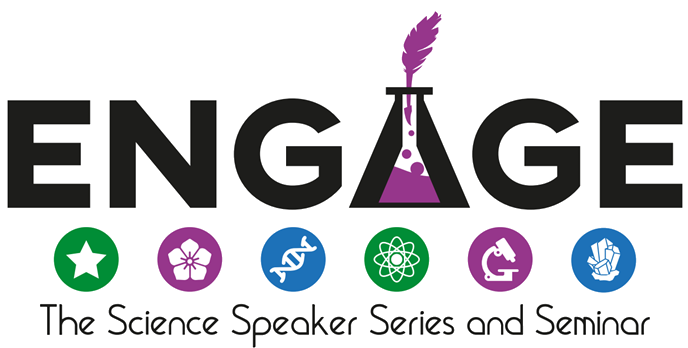In Fauci we trust
It is 2020. I am on a walk in my neighborhood, savoring the fresh, outdoor air. I have a mask in my pocket, ready to slap across my face if someone passes by me. As I stroll by my neighbor’s yard, I see a lawn sign that reads, “In Fauci we trust”. I chuckle.
The COVID-19 pandemic turned Anthony Fauci into a household name. Some people, like my neighbors, loved him. Others didn’t trust him. But long before Fauci was communicating to the country about the unfolding discoveries of COVID-19 – and everyone seemed to have an opinion on him – he was working hard to understand another mysterious disease.
In 1981, doctors began reporting strange illnesses like deadly pneumonias and extremely rare kinds of cancer in young, otherwise healthy men. At first there were five cases in Los Angeles, then 26 more across Los Angeles, San Francisco, and New York. More and more cases cropped up, more and more people died, but no one knew what was going on.
In 1982, this perplexing new disease got a name: Acquired Immunodeficiency Syndrome, or AIDS. At the time, there were 11 doctors and research scientists in the US working to understand it. Anthony Fauci was one of them. He detailed the peculiarities of immune system function in people with AIDS. Others found that this new disease was infectious – it could be transmitted via sex or shared needles, or from a mother to her infant during pregnancy or breastfeeding. Still, researchers did not know what exactly was being transmitted. What caused this disease?
In 1983, researchers in France found the answer. It was a virus, never detected before in humans. It was named Human Immunodeficiency Virus, HIV.
This answer only led to more questions. How did HIV cause the wide array of diseases that it did? How could we prevent transmission? How could we treat people with HIV? Back then, no one had the answers. People were dying and desperate. Scientists communicated guidance to the public based on the limited information they had. (Any of this sound familiar?)
The ensuing decades brought great advances in our understanding of HIV and AIDS biology, thanks to Anthony Fauci and other bright, dedicated scientists (thankfully many more in number than the original 11). We now know that HIV infects CD4 T cells, which play a vital role in coordinating the body’s immune response to fight invading microbes or rogue cancer cells. HIV kills most of the cells it infects. When large numbers of CD4 T cells become infected and die, immune system function crumbles. Without treatment, people living with HIV progress to AIDS, which is characterized by low CD4 T cell counts and susceptibility to infections and cancers that the immune system usually has no problem fighting off on its own. Understanding this and more HIV biology led researchers to develop effective treatments. Current HIV treatment prevents AIDS and eliminates the risk of transmitting the virus to someone new.
However, there is still no cure for HIV. In every person living with HIV, some infected cells live a long time, for years to decades. They continuously threaten progression to AIDS if a person stops taking their treatment. Even with treatment, they may contribute to the increased risk of cardiovascular diseases and premature aging in people living with HIV. Uncertainty remains. What allows these cells to persist? How can we eliminate or control them to cure HIV?
As I and other HIV researchers work to uncover these remaining mysteries, we stand on the shoulders of the giants who first described this devastating infection. In Fauci’s foundational work, we trust.
References
1. Deeks, S. et al. HIV infection. Nat Rev Dis Primers 1, 15035 (2015).
2. Fauci, A. HIV/AIDS: Anthony Fauci’s inspiring journey (speech at Institut Pasteur). The Research Journal, Institut Pasteur (2024).
